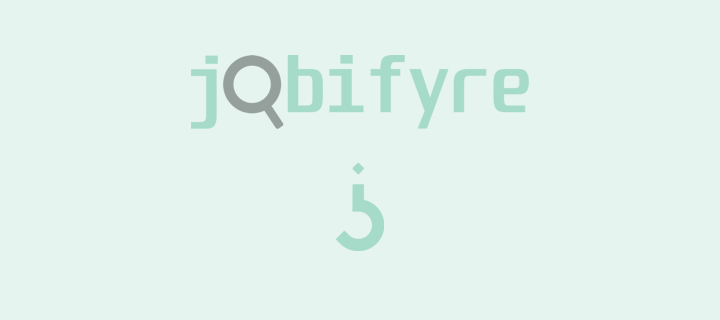Managing Technical Debt Without Slowing Down Development

Technical debt is unavoidable in fast-paced software projects, but if left unchecked, it can slow progress and reduce code quality. This article explains how to manage technical debt effectively while maintaining development speed.
Every development team faces technical debt the trade-offs made to deliver features quickly at the expense of long-term code quality. While some technical debt is intentional and strategic, unmanaged debt can lead to bugs, slower releases, and frustrated developers. The goal is not to eliminate technical debt entirely, but to control it without sacrificing productivity.
-
Understanding Technical Debt
Technical debt occurs when shortcuts, outdated code, or quick fixes accumulate in a codebase. These decisions often help teams ship faster in the short term, but they require additional effort later to maintain or improve the system. Recognizing that technical debt is a natural part of development helps teams approach it systematically rather than emotionally. -
Identify and Prioritize Debt
Not all technical debt has the same impact. Some issues cause performance problems, while others simply reduce code cleanliness. Prioritizing debt requires evaluating:
-
How much the issue slows development
-
Whether it introduces bugs or instability
-
The complexity of fixing it
-
Its impact on future features
Tools like static analyzers, code review feedback, and developer surveys can help track the most critical debts.
-
Integrate Debt Management Into Your Workflow
Instead of treating technical debt as a separate project, incorporate it into your regular development cycle. This can be done by reserving time each sprint to refactor or clean up key areas of the codebase. When addressing debt becomes a routine process, it never grows out of control. -
Refactor Continuously
Continuous refactoring keeps the codebase healthy. Small, frequent improvements are more effective and less risky than large refactoring efforts. Developers should update outdated logic, simplify functions, and remove dead code whenever they interact with a file. This approach ensures ongoing code improvement without dedicated overhaul cycles. -
Set Clear Coding Standards
A well-defined set of coding standards helps reduce the creation of new debt. Standards include naming conventions, architectural patterns, testing expectations, and documentation guidelines. When everyone follows the same rules, the codebase remains consistent and easier to maintain. -
Use Automated Tools
Static code analyzers, linters, and automated tests help detect problems early. These tools allow teams to catch code smells, security issues, and unused logic before they accumulate into larger problems. Automated CI pipelines can also prevent low-quality code from entering the main branch. -
Balance New Features With Maintenance
Teams often focus solely on feature delivery, which leads to increasing debt. A balanced approach dedicates consistent time to both new development and maintenance. Stakeholders should understand that paying down debt improves velocity by preventing bottlenecks in the future. -
Communicate Debt Clearly to Stakeholders
Non-technical stakeholders may not understand why time should be spent fixing code that “already works.” Communicate the cost of technical debt in terms they understand:
-
Slower delivery in future releases
-
Higher maintenance cost
-
Increased bugs and outages
Clear communication builds support for systematic debt management.
-
Document Decisions and Trade-Offs
When taking intentional shortcuts for speed, write down the reasons and the areas affected. This documentation helps future developers understand the context behind decisions and reduces the risk of unnecessary refactoring. -
Measure and Review Debt Regularly
Tracking metrics such as code complexity, test coverage, and performance helps monitor the health of the codebase. Regular reviews ensure that debt doesn’t accumulate silently and that improvements are happening over time.
Conclusion
Technical debt is a reality in software development, but it doesn’t have to slow down your team. When managed proactively through prioritization, continuous refactoring, automation, and communication it becomes a strategic tool instead of a burden. By keeping debt under control, teams can maintain rapid development while ensuring long-term code quality and stability.
